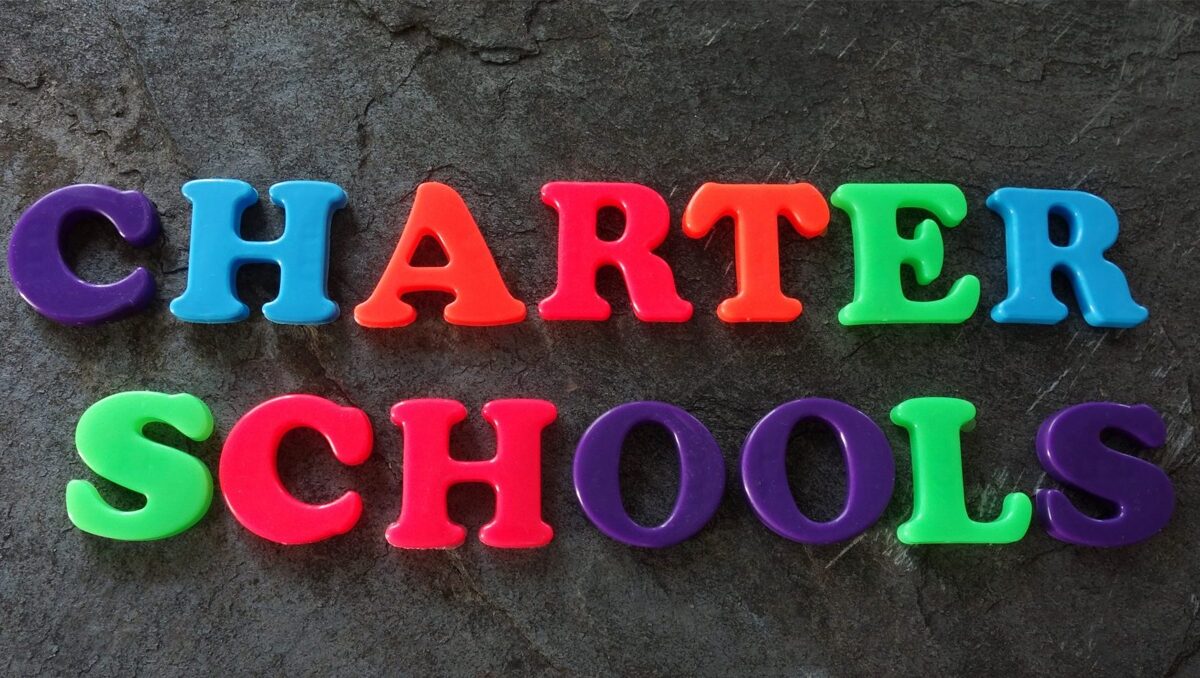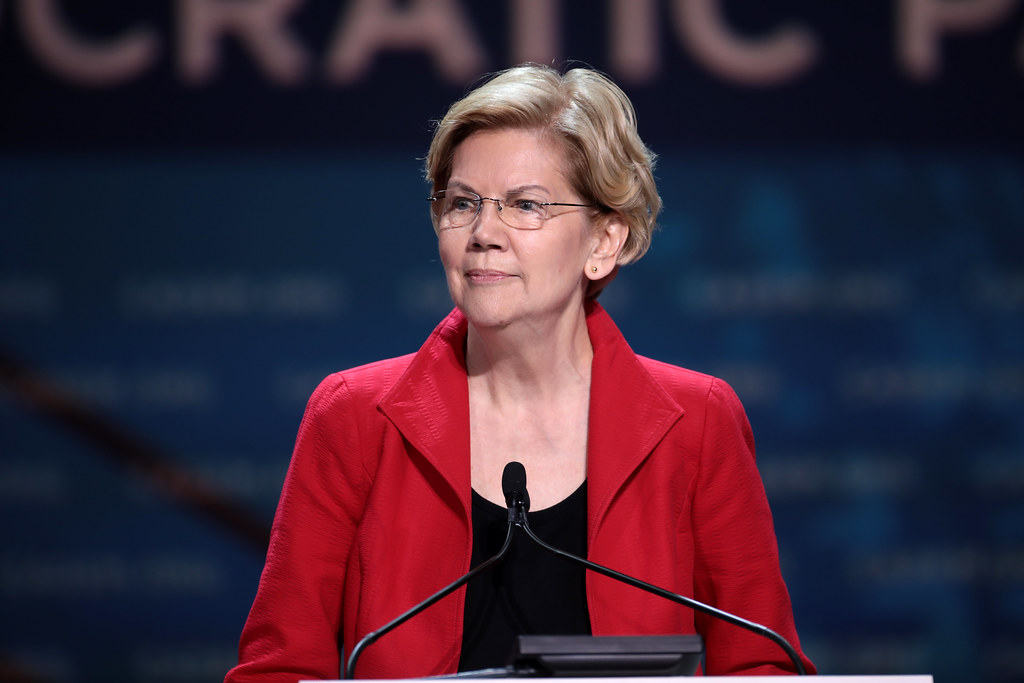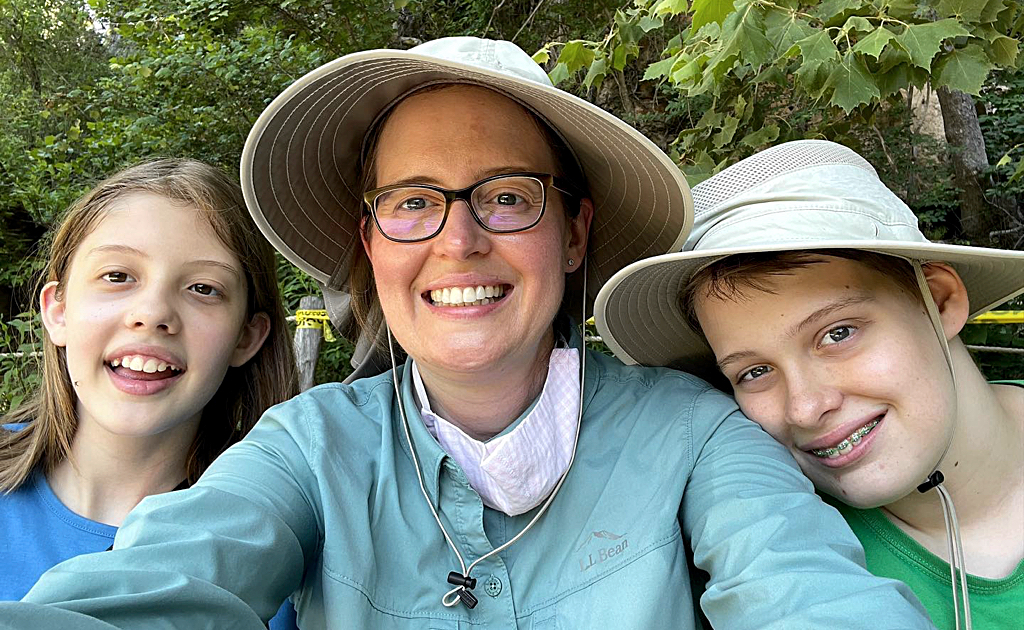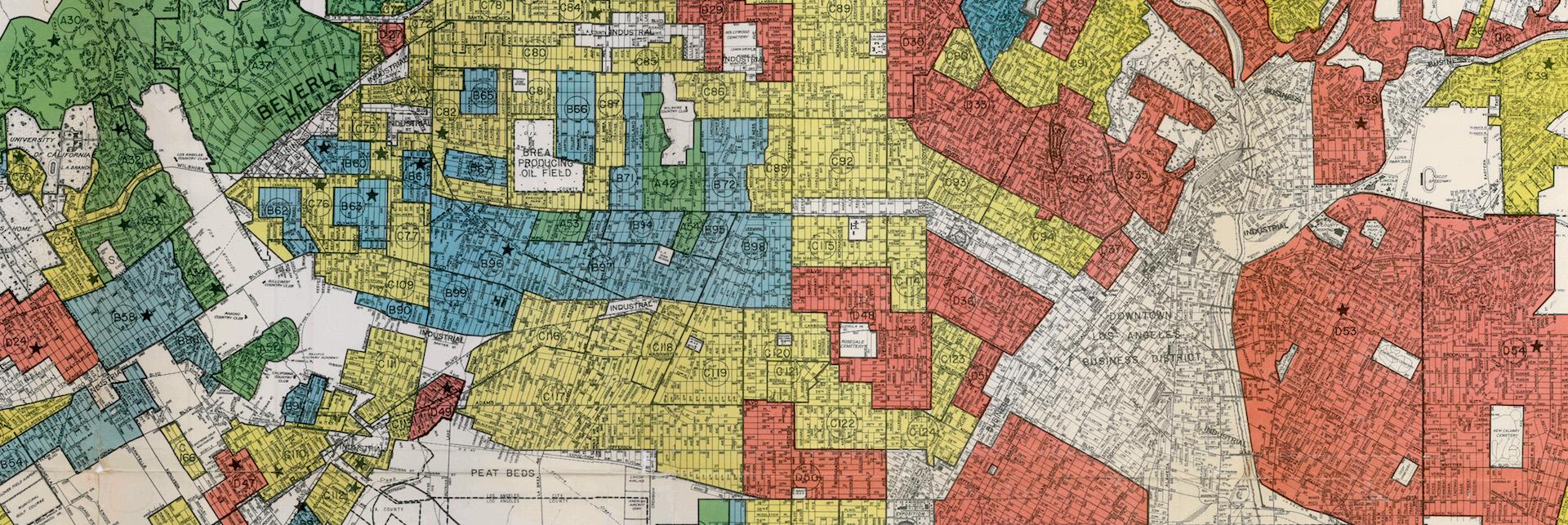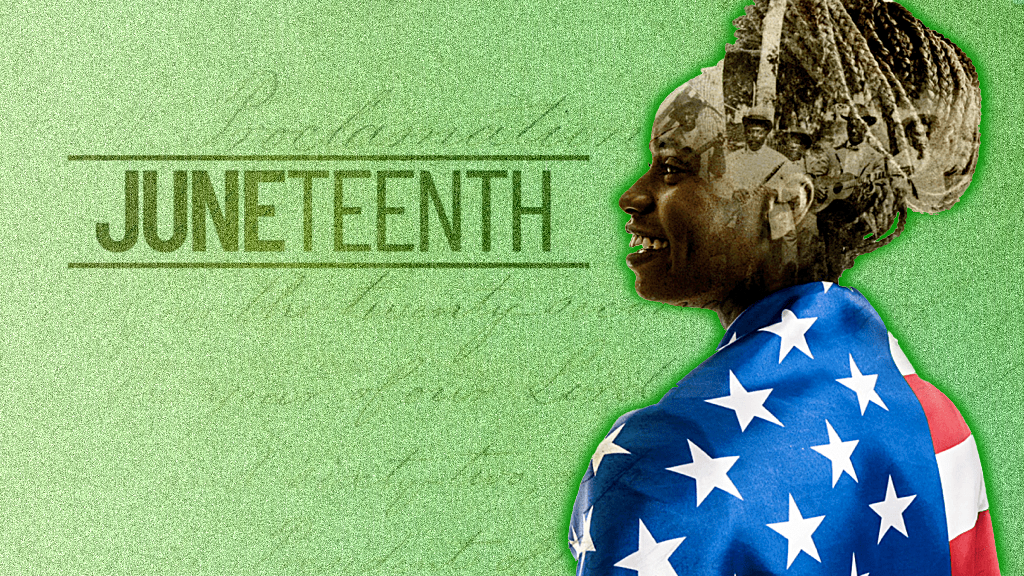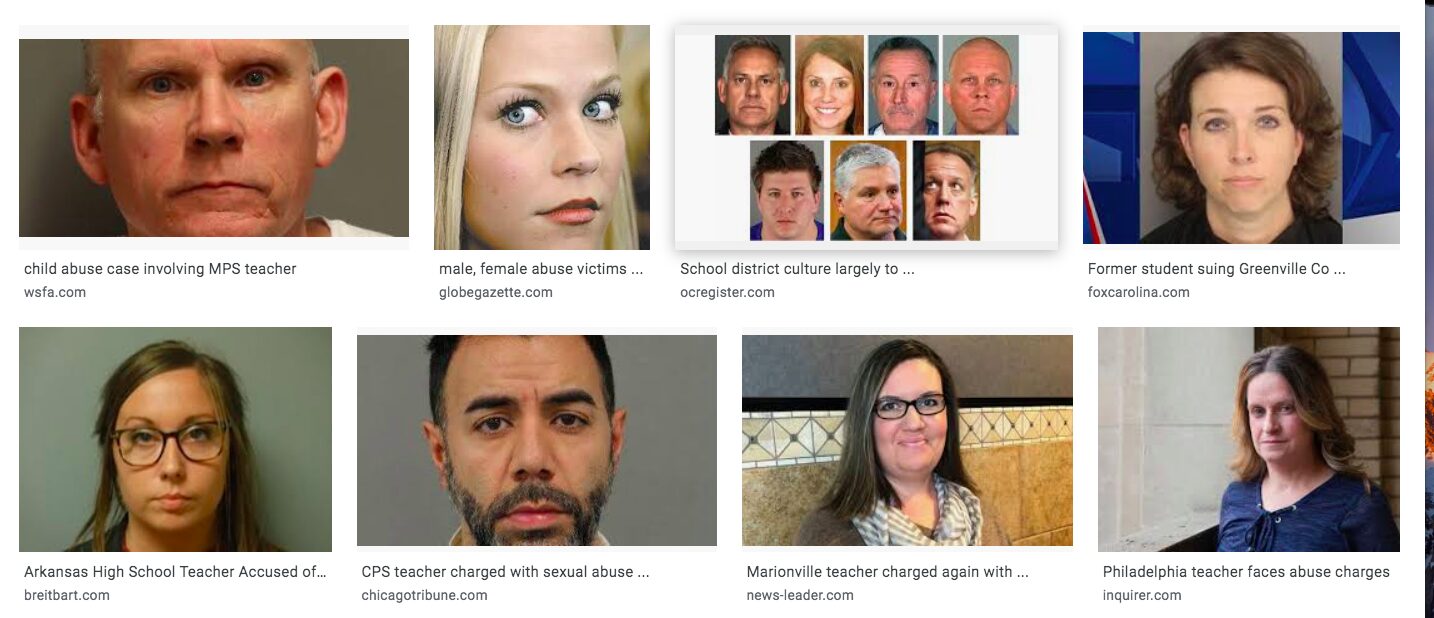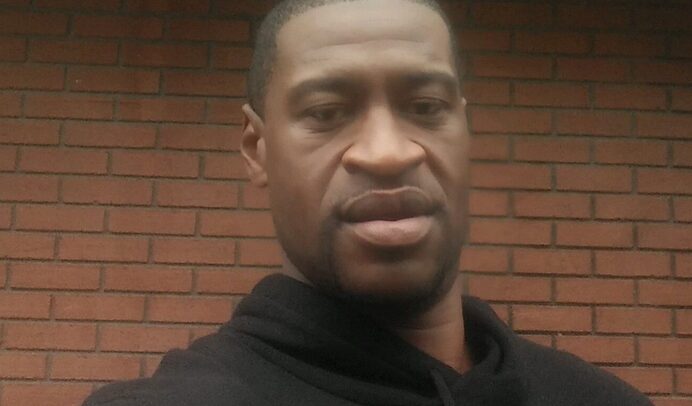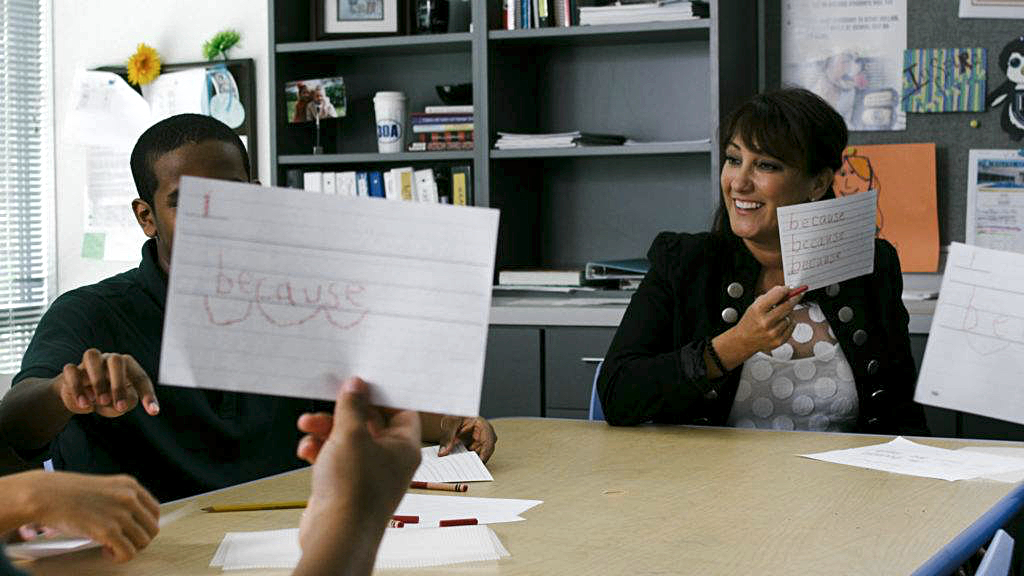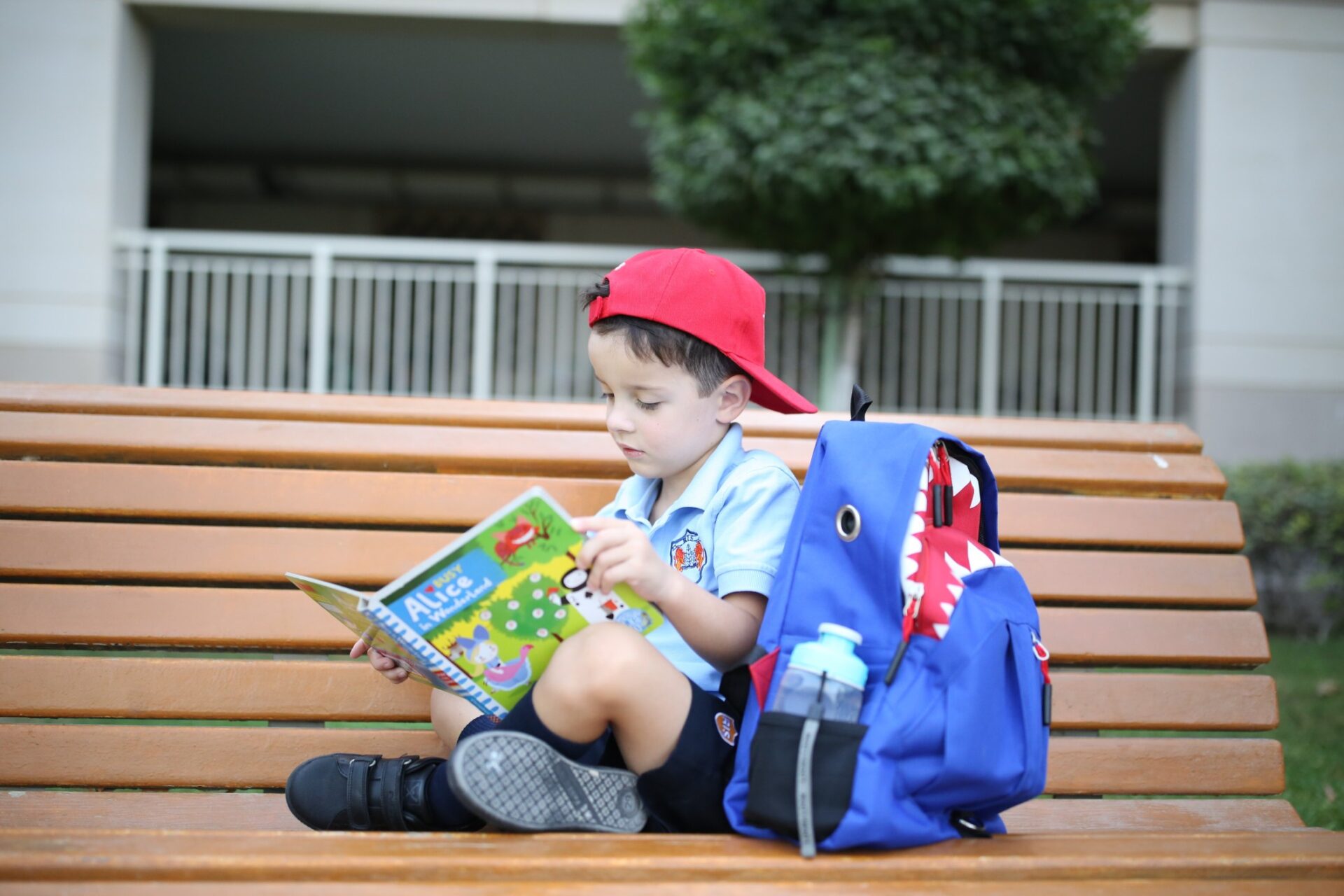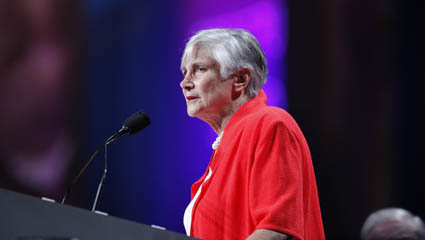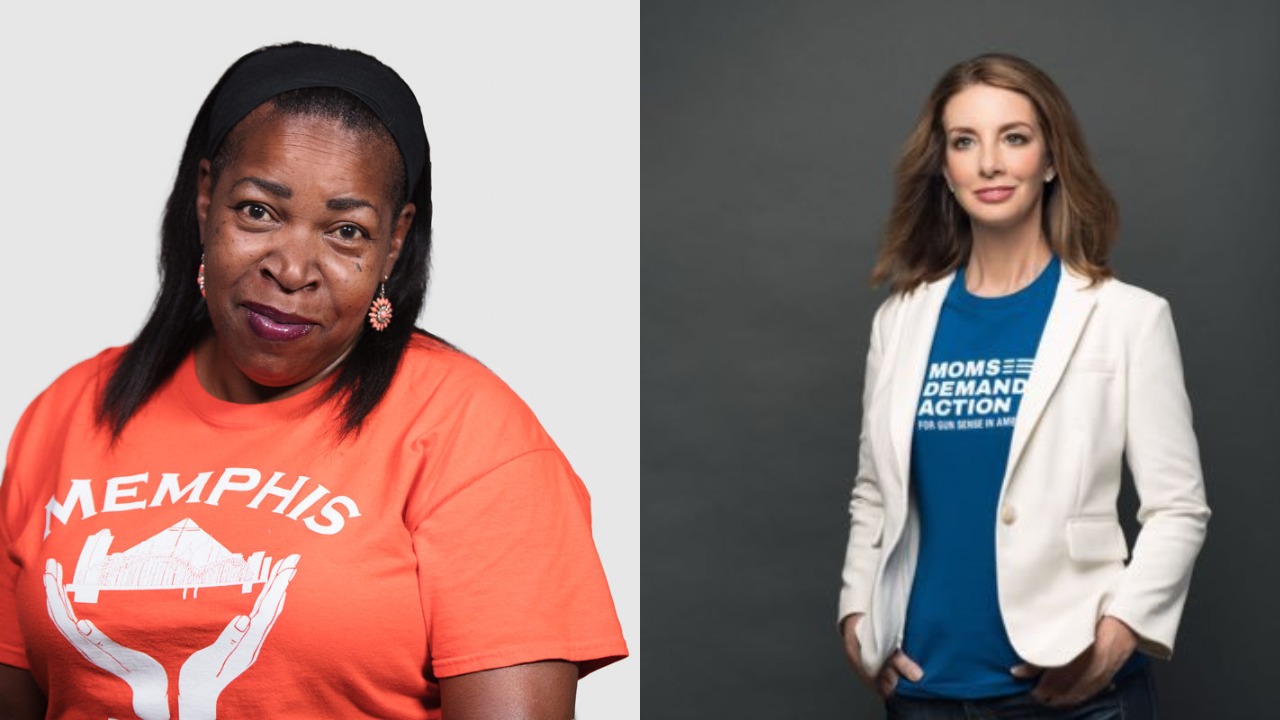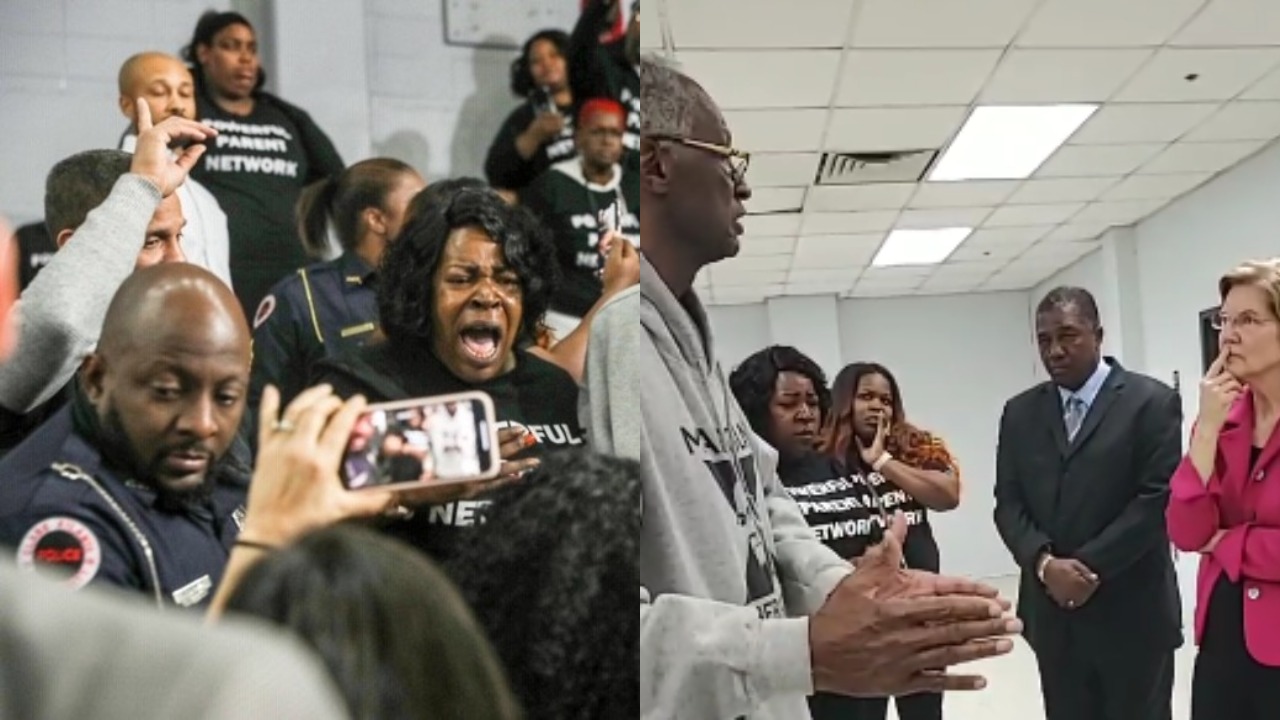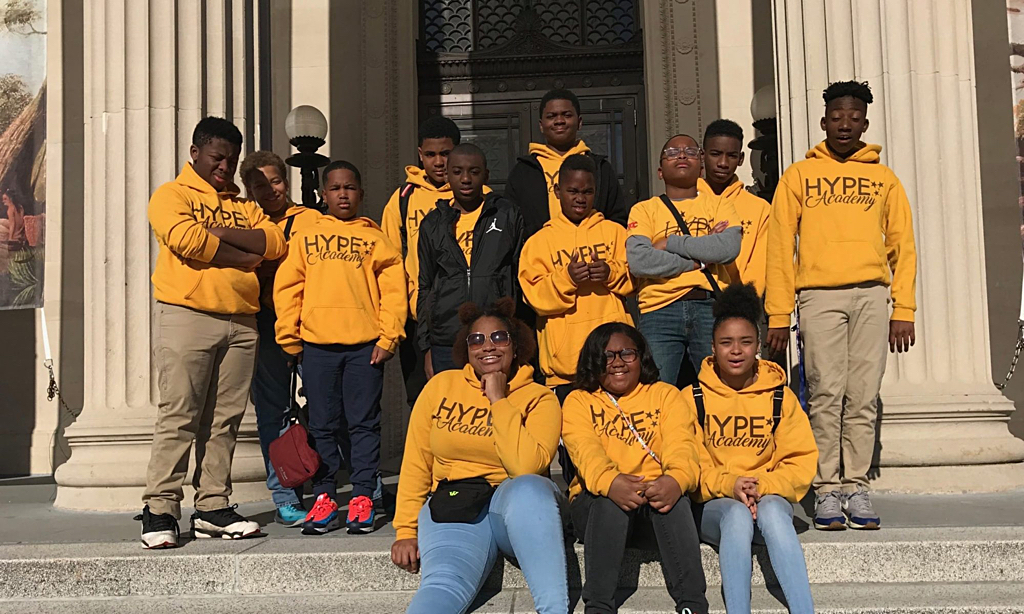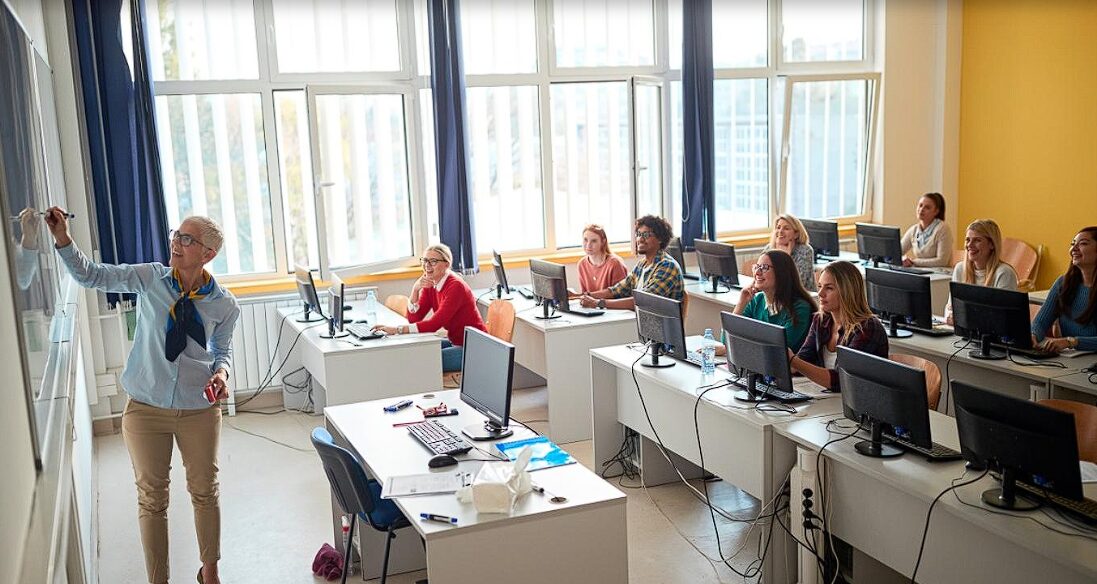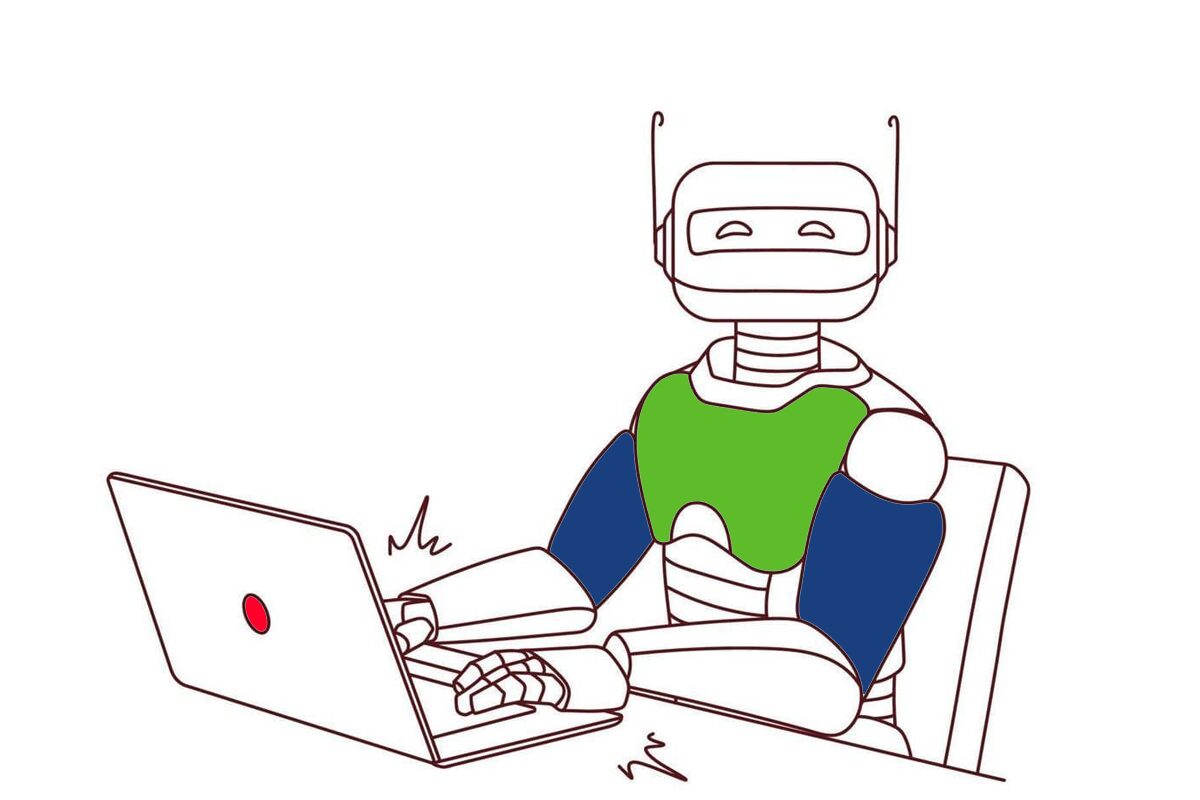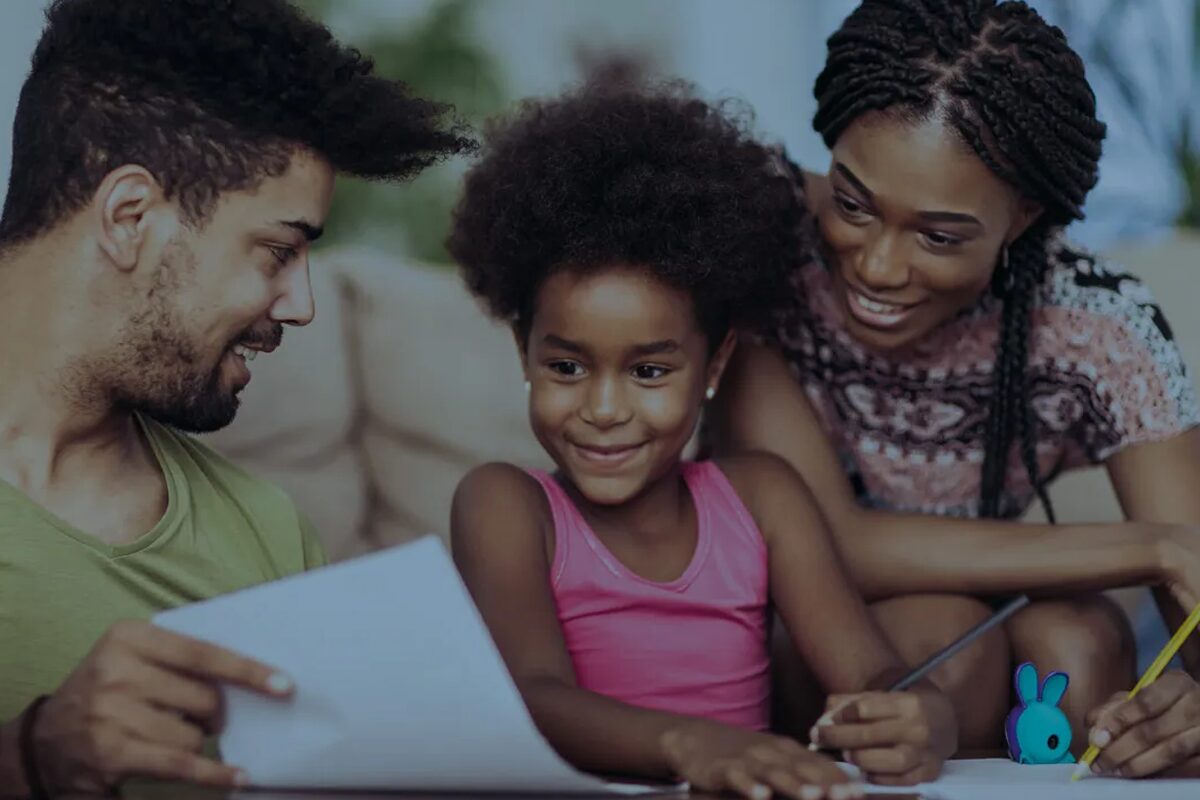
More Than a Million Kids Left Public Schools During the Pandemic. Mine Was One and She’s Not Coming Back.
The latest numbers on public school enrollment last school year show that states lost more than 1 million students (Delaware and Illinois are not in the count, yet.). While the loss is concentrated in preK and kindergarten, which suggests families may have chosen to hold off on starting their young children in formal school, families also chose to leave traditional public schools for private schools or homeschooling. Now, the question is, will they come back?
As one of the parents who chose to leave the system, I’m here to say, nope—not for at least a few years. And maybe, not at all.
Though the numbers show that fewer students older than kindergarten left the system, children in elementary, middle and high school also left. It becomes more difficult here to tell whether those students left for other kinds of schooling or if they simply were dropped from the rolls due to excessive absences. Both types of departures are troubling. Both types of departures demand creative responses that systems have thus far not shown themselves capable of.
It became clear last spring that remote learning was taking such a high toll on my child’s physical and mental health that we couldn’t sustain it for an entire school year.
In our family’s case, it became clear last spring that remote learning was taking such a high toll on my child’s physical and mental health that we couldn’t sustain it for an entire school year. Based on what was known about COVID at the time, as well as what I knew about my daughter’s needs for activity, play and socialization, I chose the only school I could find that was offering classes completely outdoors in the fall, the Chicago Free School.
Though we did have a period of remote learning (this is Chicago! Outdoors classes all winter were too much for anyone!), our school extended winter break and continued outdoor classes through June so that kids would have more time to be together at the lowest risk possible.
And, as any parent would hope for, my daughter has made friends and grown comfortable in the school environment. She has two more years until she starts high school.
It makes no sense to pull a child out of a supportive environment and community where she has just put down some roots.
Why would I move her now? As another Education Week article noted, “Children bounce back faster educationally when they have both academic and mental health supports and community connections in the months and years following the disaster.” We have survived a disaster, and it’s not actually over yet. It makes no sense to pull a child out of a supportive environment and community where she has just put down some roots.
This is especially true when there are still many unknowns about how our local public schools will be operating in the fall. Though outgoing Chicago Public Schools CEO Janice Jackson has insisted the district wants to be in-person school five days a week for all students, many details still must be worked out with the Chicago Teachers Union, under an interim Chief Executive Officer.
It’s well known that Mayor Lori Lightfoot and the teachers’ union have had a contentious relationship since she took office. Why would I put my daughter back into that kind of uncertainty when she is well-settled elsewhere?
I suspect I’m not the only parent who had planned to send my child to public school who won’t be going back now.
Chicago is far from the only place where these concerns exist. I suspect I’m not the only parent who had planned to send my child to public school who won’t be going back now.
Meanwhile, public schools have never been good at enticing older students—in middle and high school grades—to return once they have left school. What’s more concerning—and less discussed—is the need for thoughtful, sensitive and intensive “Welcome Back” efforts to reach older students who have gone off the rolls. We need flexible schedules, culturally sensitive adults, and innovative programs with exciting, hands-on learning to excite students and meet them where they are.
If district and school leaders actually come through with out-of-the-box strategies to welcome back those lost students and support for the millions of children who spent the year learning virtually, they might find themselves surprised to see families who left return, most likely gradually and over a period of years. But without that kind of creativity and attention to the students they serve, the enrollment losses suffered by public schools in the pandemic could be permanent.

